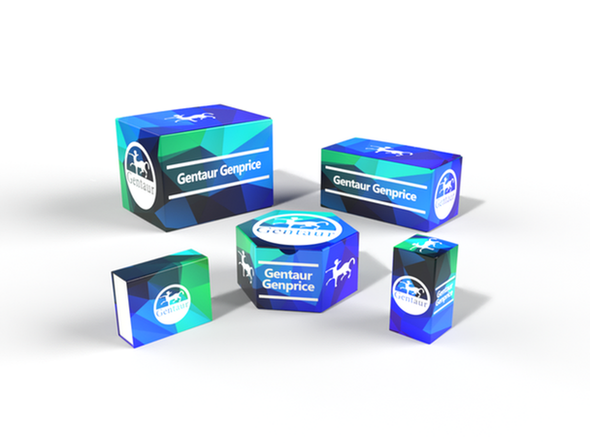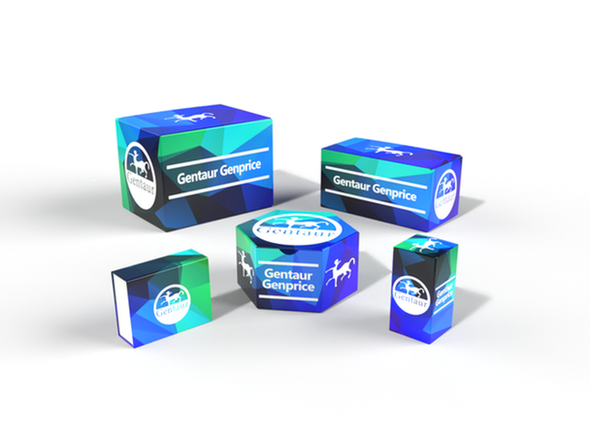Description
K Cadherin Antibody | 57-523 | Gentaur UK, US & Europe Distribution
Host: Rabbit
Reactivity: Human
Homology: Predicted species reactivity based on immunogen sequence: Mouse, Rat, Bovine
Immunogen: This K Cadherin (CDH6) antibody is generated from rabbits immunized with a KLH conjugated synthetic peptide between 61-89 amino acids from the N-terminal region of human K Cadherin (CDH6) .
Research Area: Cancer, Signal Transduction
Tested Application: WB
Application: For WB starting dilution is: 1:1000
Specificiy: N/A
Positive Control 1: N/A
Positive Control 2: N/A
Positive Control 3: N/A
Positive Control 4: N/A
Positive Control 5: N/A
Positive Control 6: N/A
Molecular Weight: 88 kDa
Validation: N/A
Isoform: N/A
Purification: This antibody is purified through a protein A column, followed by peptide affinity purification.
Clonality: Polyclonal
Clone: N/A
Isotype: Rabbit Ig
Conjugate: Unconjugated
Physical State: Liquid
Buffer: Supplied in PBS with 0.09% (W/V) sodium azide.
Concentration: batch dependent
Storage Condition: Store at 4˚C for three months and -20˚C, stable for up to one year. As with all antibodies care should be taken to avoid repeated freeze thaw cycles. Antibodies should not be exposed to prolonged high temperatures.
Alternate Name: Cadherin-6, Kidney cadherin, K-cadherin, CDH6
User Note: Optimal dilutions for each application to be determined by the researcher.
BACKGROUND: CDH6 is a type II classical cadherin from the cadherin superfamily. It is a calcium dependent cell-cell adhesion membrane glycoprotein comprised of five extracellular cadherin repeats, a transmembrane region and a highly conserved cytoplasmic tail. Cadherins mediate cell-cell binding in a homophilic manner, contributing to the sorting of heterogeneous cell types and the maintenance of orderly structures such as epithelium. Strong transcriptional expression of the CDH6 gene has been observed in hepatocellular and renal carcinoma cell lines, suggesting a possible role in metastasis and invasion.






